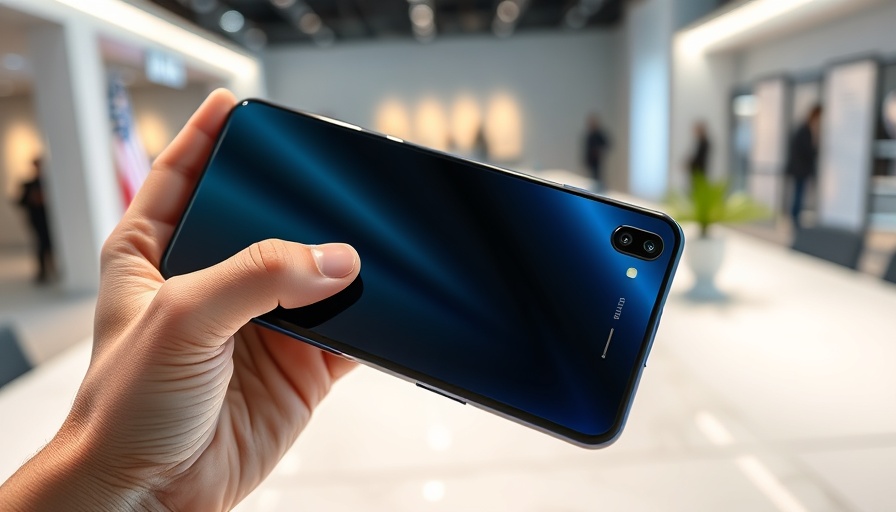
Understanding the Surge in Deepfake Attacks
The alarming surge in face swap attacks—a staggering 300% increase—has captured the attention of cybersecurity experts and consumers alike. As the world leans more heavily on digital communication and remote identity verification, these incidents pose a significant threat to personal and financial security. Insights from the iProov Threat Intelligence Report reveal that fraudsters are increasingly employing cheap and accessible AI tools that can create strikingly realistic deepfakes, making it easier than ever for attackers to manipulate images and videos.
Why Are Deepfakes So Effective?
Deepfakes are specifically dangerous not just because they enable identity theft, but their effectiveness is compounded by public misconceptions. Surprisingly, a study by iProov uncovered that only 0.1% of consumers could accurately identify an AI-generated deepfake, while 60% expressed unwarranted confidence in their ability to discern real from fake. Moreover, videos are particularly challenging to detect, with people 36% less likely to identify deepfakes as compared to still images. This disconnect underscores a critical vulnerability that cybercriminals exploit.
The Role of Technology in Combatting Deepfakes
With deepfake technology evolving rapidly, robust defenses are necessary. Experts recommend companies employ multi-factor authentication to help mitigate risks posed by synthetic identity attacks. Dr. Andrew Newell from iProov emphasizes the need for technology firms to step up, stating that users should not solely rely on human judgment to validate identities anymore.
The Future: Adapting to the Deepfake Landscape
The increasing prevalence of face swap tools opens an arms race between cybercriminals and security firms, leading to an ongoing battle for control over digital identity. A combination of heightened awareness among users and improved security protocols will be vital in addressing this threat. Tools like SwapFace and DeepFaceLive are becoming popular among malicious actors searching for easy ways to manipulate images, thereby emphasizing the need for innovative technologies that can detect and deter such fraud.
As face swap attacks become more sophisticated, consumers must arm themselves with knowledge and tools. Explore your understanding by taking a deepfake test to gain insights into your ability to identify true from false. Awareness is the first step in combating this rising threat.
 Add Row
Add Row  Add
Add 




Write A Comment